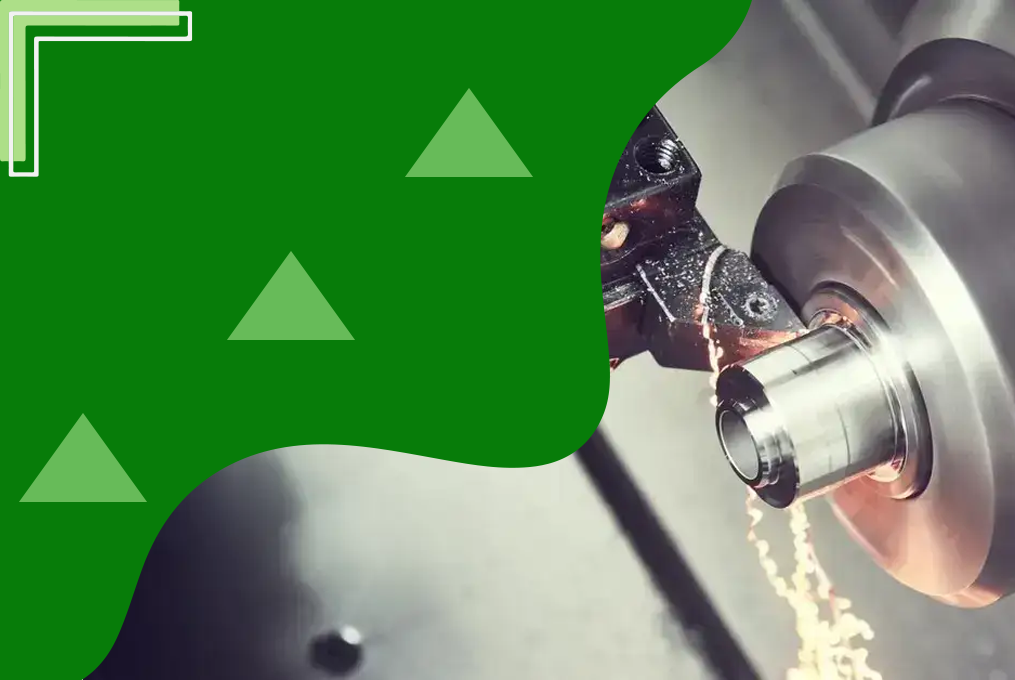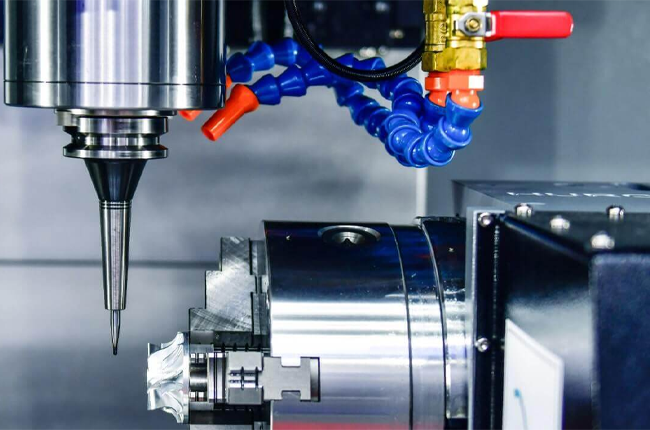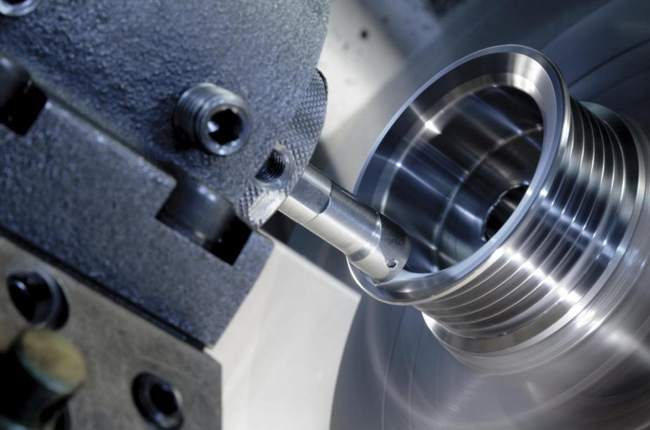Exploring the Different Types of Machining Processes and Their Applications

Machining is a crucial part of manufacturing. It involves shaping materials like metal, plastic, wood, or ceramics into desired forms and sizes. Different machining processes have been developed over time, each with unique applications and benefits. This blog will explore some common types of machining processes and their uses in everyday life.
Turning
Turning is a machine process where a cutting tool moves in a linear motion while the workpiece rotates. This process is mainly performed on a lathe. The main purpose of turning is to create cylindrical parts by removing material from the outer diameter of a workpiece.
Applications:
Creating shafts, bolts, and screws.
Making cylindrical parts for automotive and aerospace industries.
Manufacturing components for household items like doorknobs and handles.
Milling

Milling involves using rotary cutters to remove material from a workpiece. The workpiece is usually moved along the axes to cut and shape the material. Milling machines can perform a variety of cuts, from simple slots and holes to complex shapes.
Applications:
Producing gears and complex parts in the automotive industry.
Creating molds and dies for manufacturing.
Making precision components in the electronics industry.
Drilling
Drilling is the process of creating round holes in a workpiece using a drill bit. It is one of the most basic and commonly used machining operations. Drilling machines, also known as drill presses, come in various sizes and types for different tasks.
Applications:
Making holes for screws and bolts in construction and woodworking.
Drilling precise holes in metal and plastic parts for industrial use.
Creating holes for wiring in electrical components.
Grinding
Grinding is a machining process where an abrasive wheel removes material from a workpiece. It is used to achieve a high surface finish and precise dimensions. Grinding can be performed on various types of machines, such as surface grinders and cylindrical grinders.
Applications:
Sharpening cutting tools and blades.
Finishing metal parts for automotive and aerospace industries.
Smoothing surfaces of ceramic and glass components.
Boring

Boring is used to enlarge and finish the inside diameter of a hole. This process improves the accuracy and surface finish of the hole. Boring machines can be horizontal or vertical, depending on the type of work being done.
Applications:
Enlarging and finishing holes in engine blocks.
Precision boring of holes in hydraulic cylinders.
Creating accurate holes in large parts like turbine casings.
Sawing
Applications:
Cutting metal bars and rods to length.
Slicing wood and plastic sheets in carpentry and construction.
Trimming excess material from manufactured parts.
Electrical Discharge Machining (EDM)

EDM uses electrical sparks to remove material from a workpiece. This process is ideal for cutting hard materials and creating intricate shapes that are difficult to achieve with traditional machining methods. There are two main types of EDM: wire EDM and sinker EDM.
Applications:
Creating complex molds and dying for injection molding.
Machining hard materials like titanium and tungsten carbide.
Producing detailed parts for the aerospace and medical industries.
Laser Cutting
Laser cutting uses a high-powered laser beam to cut materials. This process is known for its precision and ability to cut complex shapes. It can cut a wide range of materials, including metals, plastics, and wood.
Applications:
Cutting intricate designs in sheet metal for the automotive and aerospace industries.
Engraving patterns on glass and wood for decorative purposes.
Manufacturing precise components for electronic devices.
Final Thoughts!
Machining processes are essential for creating the parts and products we use every day. Each type of machine has its unique advantages and is suited for specific applications. Understanding these processes helps us appreciate the complexity and precision involved in manufacturing.
Remember, each process plays a vital role in shaping the world around us.